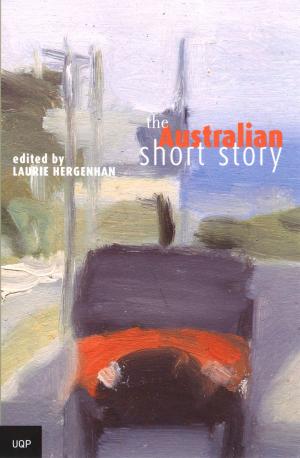White Women in Fiji, 18351930
The Ruin of Empire?
Nonfiction, History, Australia & Oceania, Social & Cultural Studies, Social Science, Gender Studies, Women&| Author: | Claudia Knapman | ISBN: | 9781921902383 |
| Publisher: | University of Queensland Press | Publication: | October 1, 2014 |
| Imprint: | University of Queensland Press | Language: | English |
| Author: | Claudia Knapman |
| ISBN: | 9781921902383 |
| Publisher: | University of Queensland Press |
| Publication: | October 1, 2014 |
| Imprint: | University of Queensland Press |
| Language: | English |
First published in 1986, White Women in Fiji 1835–1930: The Ruin of Empire? challenges assumptions and assertions about the role of European women in multiracial colonial societies. Author Claudia Knapman uses a combination of interviews, newspaper, and other sources to picture the lives of European women in Fiji between the 1830s and 1930s. She offers a new and challenging interpretation of the nature and interrelationship between racism and sexism in colonial societies. As Knapman points out, gender has been used to argue that racial disharmony came with the presence of foreign women. White women in Fiji’s colonial society were stereotyped as discordant forces in the domestic sphere whereas Knapman shows that their domestic work was crucial to the maintenance of white society and that women were no different from men in contact situations and rather than an antagonistic element, they were crucial to establishing interracial relations.
First published in 1986, White Women in Fiji 1835–1930: The Ruin of Empire? challenges assumptions and assertions about the role of European women in multiracial colonial societies. Author Claudia Knapman uses a combination of interviews, newspaper, and other sources to picture the lives of European women in Fiji between the 1830s and 1930s. She offers a new and challenging interpretation of the nature and interrelationship between racism and sexism in colonial societies. As Knapman points out, gender has been used to argue that racial disharmony came with the presence of foreign women. White women in Fiji’s colonial society were stereotyped as discordant forces in the domestic sphere whereas Knapman shows that their domestic work was crucial to the maintenance of white society and that women were no different from men in contact situations and rather than an antagonistic element, they were crucial to establishing interracial relations.















